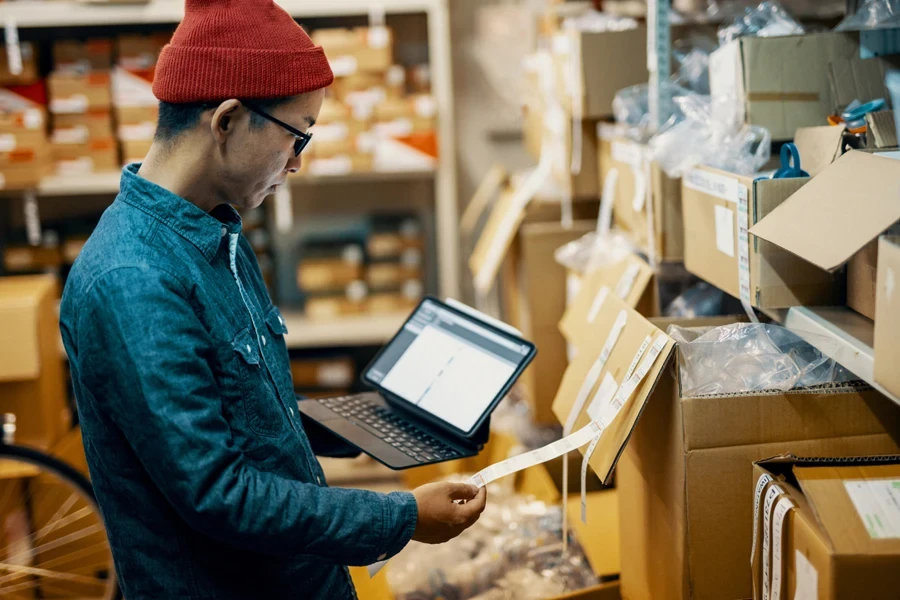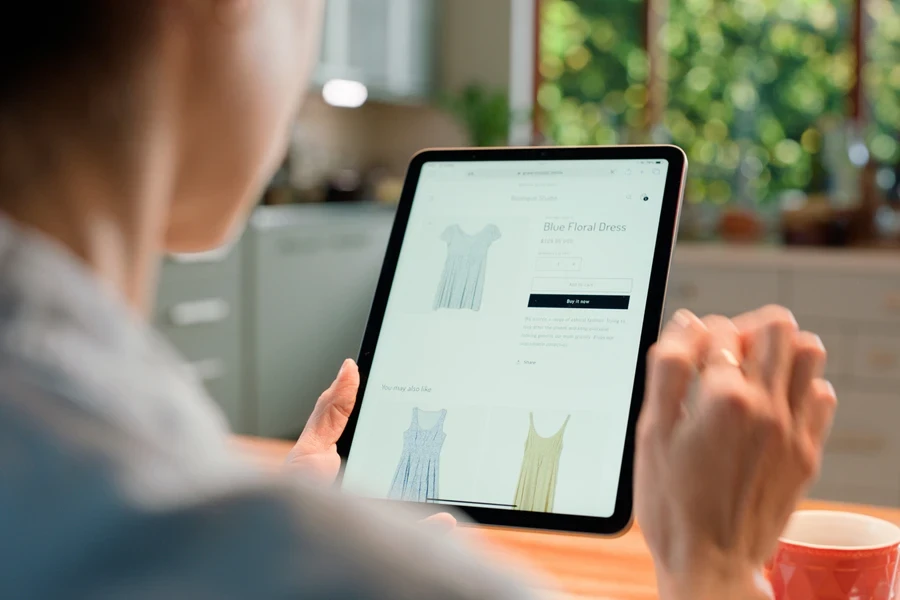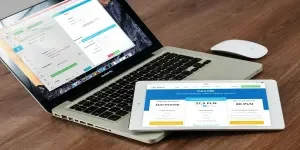Preorder is not a new term for anyone who is used to online shopping. Everything from games to the latest iPhone has some preorders ready for anyone hoping to get something before the release date. The good news is that preordering has become increasingly common on various platforms, including big-name stores and specialized e-commerce sites.
While it can be a great way to secure something if it’s likely to sell out fast, it also means you won’t receive your order immediately. Interested in how preorders on Temu work? Keep reading to learn everything about how it works on the platform.
Table of Contents
Why does Temu have preorders in the first place?
1. It rewards early adopters
2. Lower operational risks for sellers
3. It helps sellers gauge demand
So, how does “Preorder” work on Temu?
Potential downsides of preordering: What could go wrong?
Quality unknown
Limited communication
No guaranteed launch
Change of heart
How long can preorders take?
1. Production schedule
2. Shipping method
3. Demand vs. supply
5 Tips for a smooth preorder experience on Temu
Summing it up
FAQs
1. Why does my order say pre-order?
2. When will I be charged for a pre-order on Temu?
3. What does the message “pre-shipment” from USPS mean?
Why does Temu have preorders in the first place?

1. It rewards early adopters
Sometimes, if you’re an early adopter, you might get a better price or exclusive perks, like a different color variant or a small freebie. On Temu, this might vary from one seller to another, but the principle holds. You pay first; in return, you get it cheaper or lock in your unit so it won’t be sold out later.
2. Lower operational risks for sellers
Because sellers can lock in orders before they even start making the products, they face fewer risks. And with less risk involved, they’re often more open to passing some savings on to customers. It’s a simple idea; when the risk is low, the expected profits are lower, too, so sellers are more willing to offer better prices.
3. It helps sellers gauge demand
Imagine you’re a seller in Temu with a brand-new product, and you don’t know how many units to produce. If you offer a preorder, you get an immediate sense of how many people want it before you invest heavily in manufacturing. That feedback can guide how many units you produce in the initial batch.
So, how does “Preorder” work on Temu?

When you see an item labeled “preorder” on Temu, the process usually works like this: you pay the full price at checkout (unless the listing says otherwise, like asking for a deposit instead), and the site estimates an available window or rough shipping time it will take to ship your goods to you. Depending on how early you jump in, that window can vary from weeks to months.
For instance, if the item is a brand-new electronic gadget still in the final stages of design, it might take longer than a fashion piece that’s almost done but just awaiting final touches. In other words, “preorder” on Temu means lining up early, paying, and acknowledging that you won’t get your product immediately.
It’s not too different from preorders anywhere else. Still, the twist is that Temu often sources items from factories or suppliers in other countries (particularly in Asia), so shipping times and final release dates can be less predictable than a big brand’s official store.
Potential downsides of preordering: What could go wrong?

We’ve touched on delays, but let’s be thorough about other pitfalls:
Quality unknown
Remember that the item isn’t out yet. That means quality can be a hit or miss, as you won’t have reviews to fall back on. Although you can easily return your order if it’s not what you expected or what was described, the whole process can be an unnecessary hassle.
Limited communication
You may preorder with sellers who are amazing at updating and communicating. Similarly, you will find some sellers are less than stellar at that, giving only vague answers or are less responsive.
No guaranteed launch
In rare cases, the seller might cancel production or fail to meet the minimum orders. Temu typically refunds you, but you’d have already wasted time and anticipation for no end product. This is uncommon but can happen if a seller overestimates interest or hits a major production snag.
Change of heart
Your finances may change, or you may find another seller’s better version of that product. If you’re stuck in a preorder, depending on how far along the process is, you may be unable to cancel easily.
How long can preorders take?

How long do preorders on Temu typically last before you get your order? The unfortunate answer is that there isn’t a single standard timeframe. This might frustrate you if you hate vague timelines. But here’s a look at some of the main factors that influence how long you’ll wait:
1. Production schedule
When you preorder, some of these products might be halfway through the manufacturing process, meaning they’re likely to wrap up production soon. Others could be in a more preliminary phase, especially if the seller is testing out interest. That difference alone can turn a wait of two weeks into one of two months or more.
2. Shipping method
After the item is finished being manufactured, the seller still has to ship it from their warehouse to you. Depending on the shipping you choose (usually standard shipping), this might add extra days (or weeks) to your expected delivery date.
3. Demand vs. supply
If it’s a super-popular item and the first batch sells out instantly, you might be placed in the second wave of shipments. That can take longer as the seller rushes to produce the next batch. This especially applies if it’s a product that garnered a lot of hype.
Because of all these factors, you might see disclaimers on the product page, such as “Estimated shipping date: next month” or “Expected to ship by [some rough date].” Even that might shift if circumstances change.
Suppose the date passes without you receiving a shipping confirmation. In that case, you can check the product page on Temu for any changes or contact the seller or Temu’s customer service for an update. Delays can happen, but usually, you’ll see some sort of progress or explanation.
5 Tips for a smooth preorder experience on Temu

- Read all the details carefully. Check if the product listing contains disclaimers about shipping times, production schedules, or potential delays.
- Always research the seller. If the seller is new or has limited reviews, weigh the risk carefully. A more established seller with good ratings might handle preorders more smoothly than one just starting.
- Keep an eye on your order. Mark your calendar with the estimated shipping date, but also be flexible if that date shifts.
- Try to always stay updated. If you haven’t heard anything close to the expected release date, shoot a quick message to the seller. Most will appreciate the reminder and might share internal updates.
- Have realistic expectations. Preorders can be wonderful for snagging must-have items, but they come with the territory of waiting. So, decide if it’s worth it to you personally.
Summing it up

Preordering on Temu can feel like a blend of excitement and patience. On one hand, you secure your desired item early and avoid the risk of it selling out. On the other, you’re paying for something you won’t see for a bit, and “a bit” can range from a couple of weeks to a couple of months, depending on many factors, like production schedule, shipping methods, and even customs.
So is it right for you? That depends. If you love jumping on new releases, don’t mind the wait, and like being among the first to own something, preorders could be a neat way to shop on Temu.
FAQs
1. Why does my order say pre-order?
Don’t worry if your order is on “pre-order” status. It simply means the item is still in production and not ready to ship, especially if the seller just announced it or is being restocked.
2. When will I be charged for a pre-order on Temu?
Temu will typically charge you immediately after you order to ensure you reserve your spot ahead of the product’s official release or availability date.
3. What does the message “pre-shipment” from USPS mean?
This means that USPS has received your order and is in the process of shipping it. However, the order has likely not been packed or picked from their inventory.



